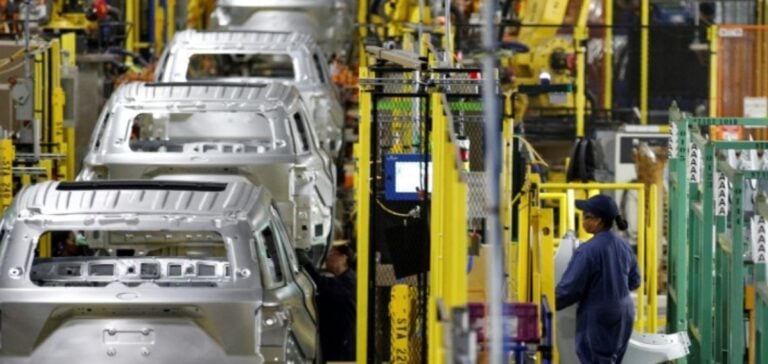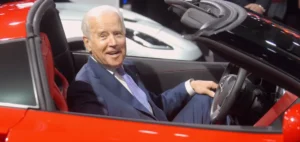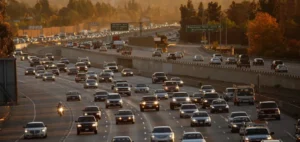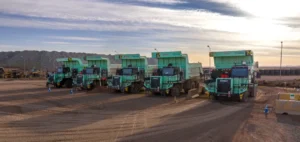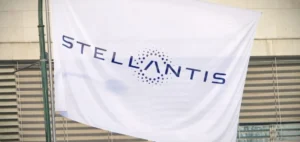General Motors (GM) has lowered its electric vehicle sales forecast for 2024 to a range of 200,000 to 250,000 units, compared with the 200,000 to 300,000 initially projected. According to CFO Paul Jacobson, this realistic recalibration reflects “the current dynamics” of a market that is marking time, while maintaining the ambitious objective of reaching operating profitability at the very bottom of this new range.
Despite this noticeable slowdown in sales growth, Jacobson is reassuring, describing current performance as “still quite good”. May was a breath of fresh air for GM, with record volumes probably unmatched since the end of 2020, a sign that the automotive giant remains firmly committed to electrification. The rest of the country is also making progress in the field of energy-efficient vehicles, with California announcing that combustion-powered vehicles will be banned from the state by 2035.
Ford on guard against the Chinese offensive
For Ford, it’s a completely different threat that’s causing concern: the meteoric rise of Chinese automakers in the electric vehicle market. CFO John Lawler sees this new Asian competition as “a very, very significant threat”, not least because of their lower operating costs, faster development processes and more advanced technologies.
“They build very competitive vehicles. They’re good vehicles,” Lawler admits bluntly, fearing the massive arrival of these Chinese players in Europe and Southeast Asia in the very near future. The pace of this disruption is accelerating well beyond the most pessimistic forecasts, according to Ford’s CEO.
Strategic adjustments inevitable for Detroit giants
Faced with this dual challenge – slowing demand and increased competition from China – the American automotive giants will have no choice but to adapt quickly. GM is counting on a marked improvement in second-quarter performance to offset the sluggish start to 2024. Ford, for its part, is actively seeking to strengthen its competitiveness in the face of this new Chinese wave, modernizing its technologies and processes to keep pace with the frantic race for electrification.
In an automotive sector in the throes of technological change, where the balance of power is shifting at lightning speed, these strategic adjustments seem more inevitable than ever for Detroit’s former behemoths. Their ability to bounce back and maintain their leadership will be decisive for their future in the era of electric vehicles.


